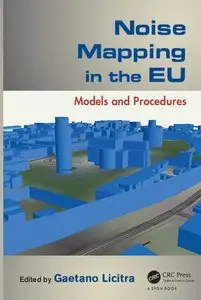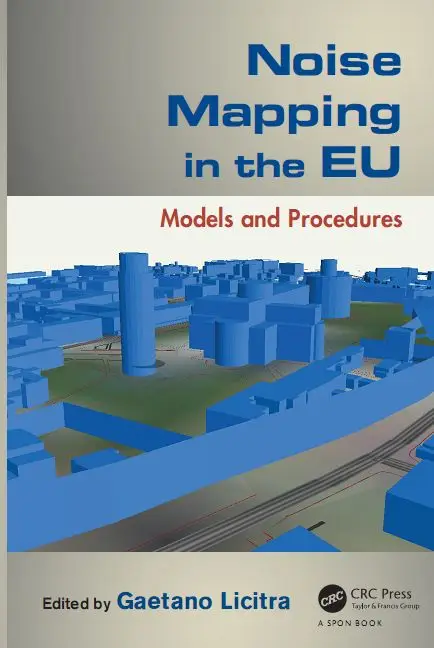Noise Mapping in the EU: Models and Procedures by Gaetano Licitra
English | 2012 | ISBN: 0415585090 | 442 pages | PDF | 15,3 MB
English | 2012 | ISBN: 0415585090 | 442 pages | PDF | 15,3 MB
Noise mapping is the first tool to effectively assess noise exposure, communicating information to citizens, and defining effective action plans for protecting citizens from high noise levels and preserving quiet areas in urban European Community environments.
Indeed, strategic noise maps are now required in the European Union for all population centers of more than 250,000 inhabitants, as well as for major roads, railways, and airports, and are becoming required for urban areas with over 100,000 people.
Providing a comprehensive reference guide for students, researchers, acoustics consultants, and environmental agencies, Noise Mapping in the EU: Models and Procedures shows how to integrate data with geographical information systems, improve accuracy in model and prediction software, and assess different methods and descriptors for evaluating annoyance and noise exposure. It offers guidance on regulations, communication processes, physical aspects, and application of noise mapping, as well as on communication processes for citizens involved in decision making. Beginning with fundamental concepts in acoustics and a presentation of legal frameworks for noise mapping in Europe, the book covers all the main issues about noise mapping. It presents numerical models for roads, railways, airports, harbours, and industrial sites.
The chapters are written by European experts from a range of research institutes, companies, and environmental agencies. Using a practical approach and worked examples, the text discusses control and uncertainty in input data and output results, technical recommendations from working groups, and the Good Practice Guide (GPG) tool. It provides in-depth coverage of geographic information system (GIS) techniques for noise management and the evaluation and management of noise exposure, and concludes by reviewing noise mapping experiences in Europe, communication to the public, and future perspectives for mapping the effects of noise.



